Tutorial Instructors: SUMMARY This tutorial will provide you with a foundational understanding of how businesses operate from financial, organizational, and strategic standpoints. However, rather than providing...
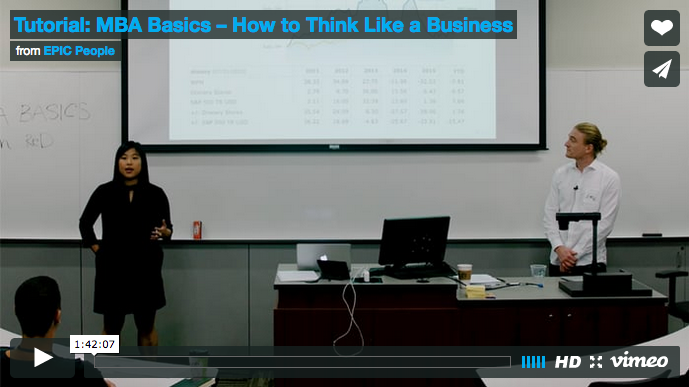

Tutorial Instructors: SUMMARY This tutorial will provide you with a foundational understanding of how businesses operate from financial, organizational, and strategic standpoints. However, rather than providing...
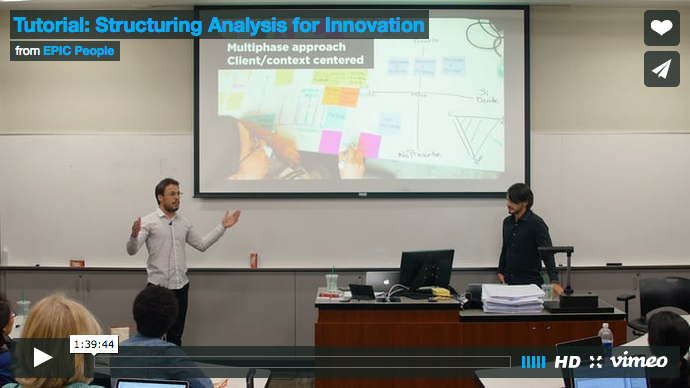
Tutorial Instructors: COURSE MATERIALS Clicking on the following links will automatically download course materials in PDF format. Context Mapping Template Methods Evaluation and Definition Template Guiding Criteria Definition...
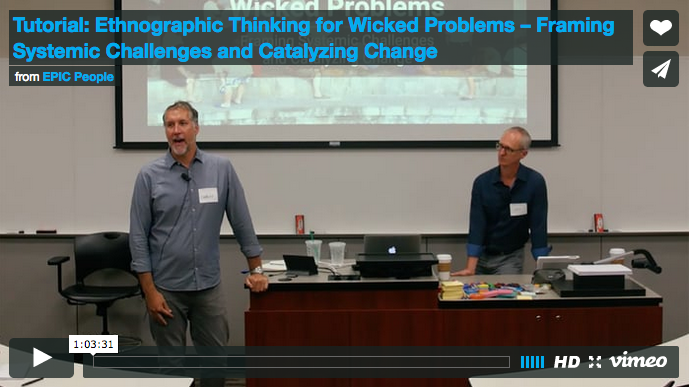
Overview In this interactive tutorial, participants explored ways in which ethnographers can have an expanded role in addressing social issues and other wicked problems. In particular, it explored how...
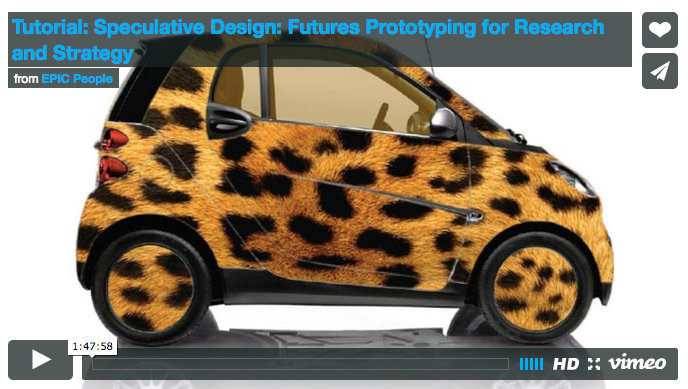
Tutorial Instructors: SUMMARY In our world where emerging technologies are increasingly a source of significant disruption in people’s lives, methods from Speculative & Critical Design (SCD) practice are...
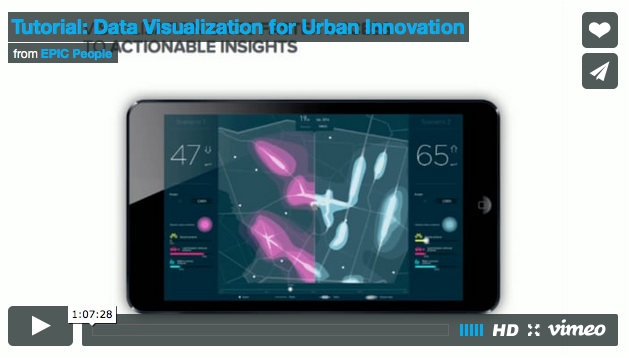
Instructor: Visualizations are powerful research and communication tools, revealing questions we didn't even know to ask and allowing faster access to...